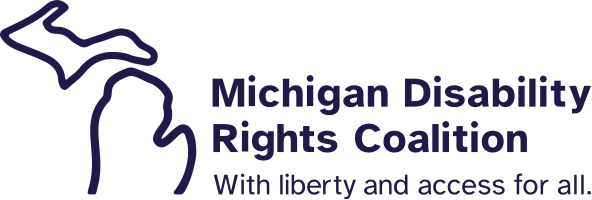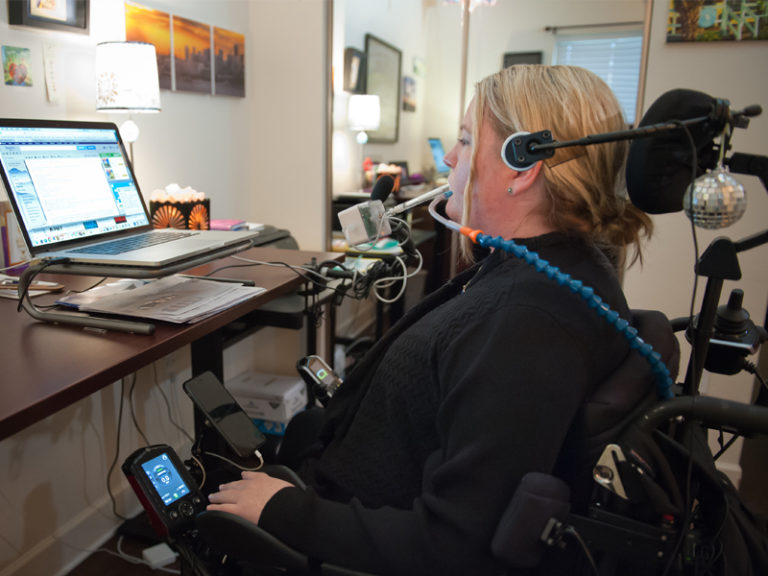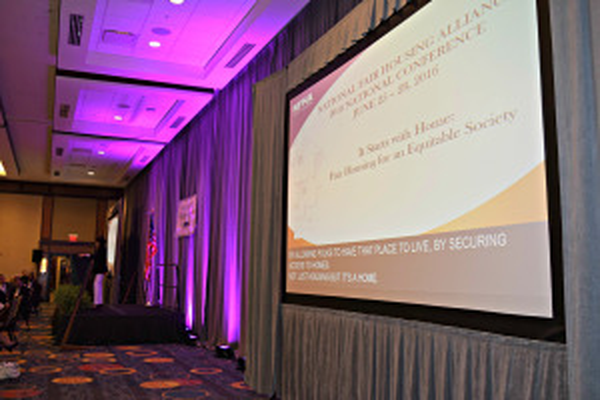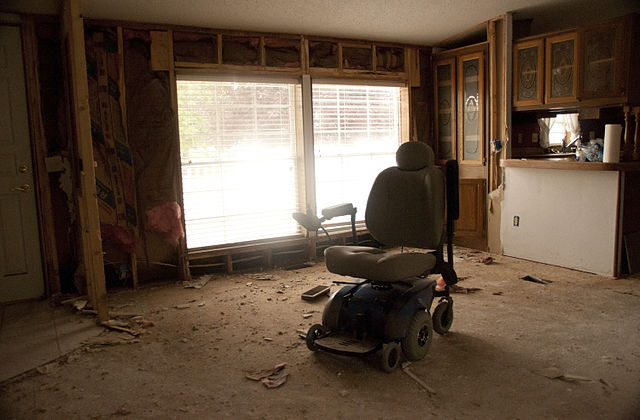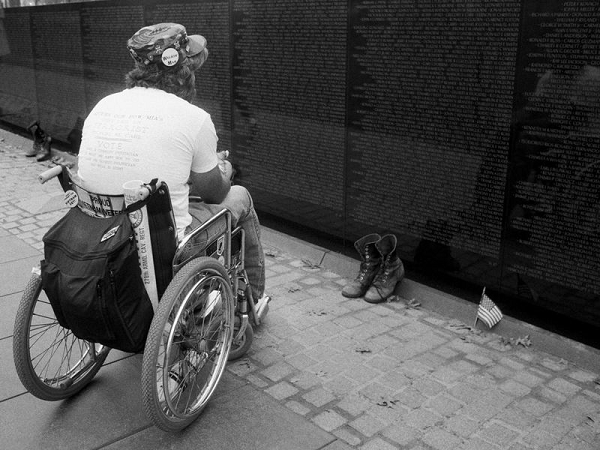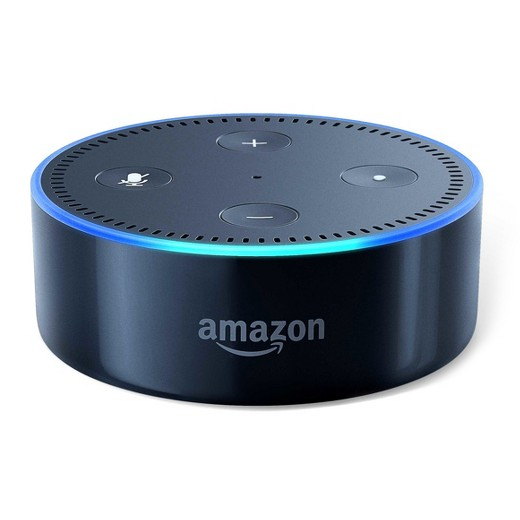Posts by Laura Hall
A Fidgetarium of Possibility
One of my minor autistic traits is fidgeting. When I was a kid, I had to learn how to do hidden fidgeting, because people (especially adults) thought fidgeting meant I wasn’t paying attention, or I was acting weird. Actually, I needed to fidget to focus my attention, though I didn’t understand that at the time.…
Read MoreThe Future of AT in Employment
Using AT to gain employment and support work over a lifetime has been a goal of our community for as long as we have been around. We have seen huge gains in the variety and flexibility of technology we can use as AT for employment in the last few decades. But, I think there may…
Read MoreThe Marriage of Captions and Sounds
With a little practice, you can increase your enjoyment of videos, slides, and movies by playing available captions along with the sound track of the media. I have personally learned the value of combining these tools of accessibility over a period of decades. My first taste of the possibilities of combining captions and sounds was…
Read MoreCommunication Frustration and Assistive Technology
The Problem Rachel Dancy posted this lesson in frustration on The Mighty. The problem Rachel describes with stuttering also occurs with disability “accents” where a disability characteristic makes speech less clear. I decided to take a crack at coming up with some AT that could help reduce this kind of frustration. And I found some described…
Read MoreThe Role of Assistive Tech (AT) in Recovery from Domestic Violence: Part One
Introduction Most of the focus of MDRC’s AT work in domestic violence involves assuring that people with disabilities who are assaulted are able to access existing resources to the same extent that anyone without a disability can. These resources include shelters, support of personal resource needs, support for personal and family safety, and effective use…
Read MoreWhat WCAG 2.1 Means for Access
Introduction I attended the Accessible Learning Conference at Michigan State University in December of 2018. There were many interesting presentations, but the one that helped me the most was a discussion of the new additions to the web and mobile accessibility standards, known as WCAG 2.1. The standard itself is pretty dense, and I found…
Read MoreAT for Emergency Prep and Response: Overview of the Series
This is the first of a number of blog posts on keeping ourselves safe and enabling our return to normal when our lives are churned and overturned by emergencies and disasters. Although hurricanes and wildfires in the border states have gotten the most press coverage, the Midwest, including Michigan, have their share of regional emergencies…
Read MoreMemorial Day Post: The Larger Possibilities of AT
Memorial Day has been a time of taking stock since it was created. The holiday has the strength of being recreated every year in a form that reflects the personal histories and connections that veterans, their families, and their friends have with their lived experience, their social networks, and the larger society. It seemed reasonable…
Read MorePersonalizing Alexa for Yourself and Your Family
Many members of our community have learned to use specific Alexa Skills as AT to solve support problems in their lives. But how do we customize skills to exactly fit our needs? Developers have been able to create “skills” or programs for Amazon’s Alexa assistant for some time. What about those of us who don’t…
Read MoreSmart 911: Your Path to Safety in a Disaster
One of the enduring problems for people with disabilities who find themselves in an emergency or a disaster is the inability of the systems of emergency response to actually help them with the problems and threats they face. Once the emergency has occurred, it is too late to go through the complexities of your personal…
Read More